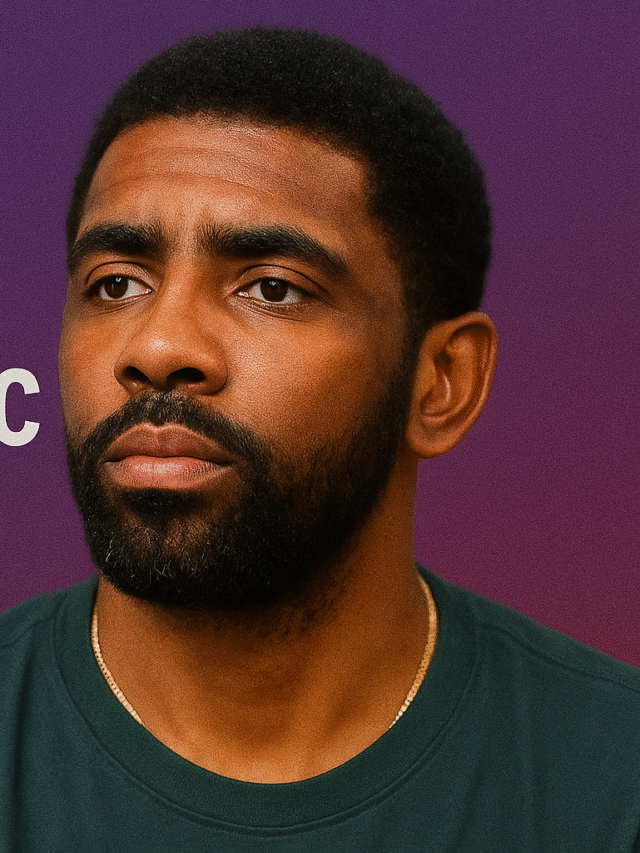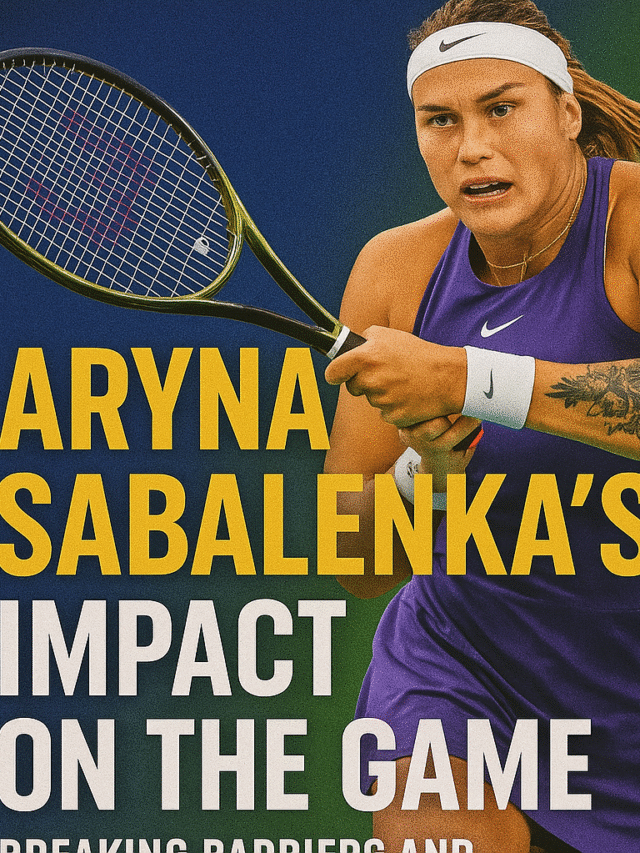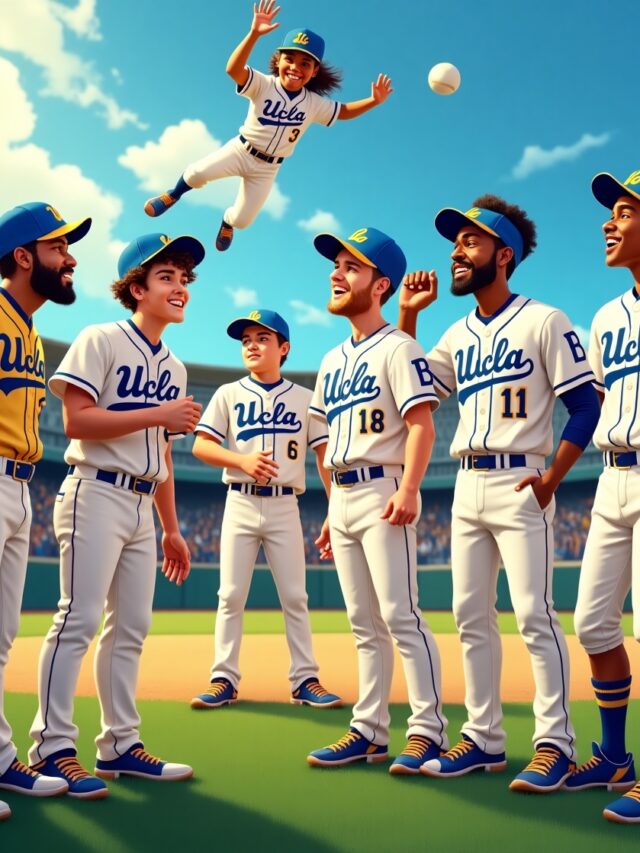Freddie Freeman Stats: A Firsthand Account by Mohit
The crack of the bat echoes differently when Freddie Freeman is at the plate. It’s a sound I’ve come to know intimately over the years, standing in press boxes from Atlanta to Los Angeles. It’s not just the sharp report of wood meeting leather; it’s the sound of inevitability. My name is Mohit, and for more than a decade, I’ve had the privilege of watching one of this generation’s purest hitters ply his trade. I’ve scribbled notes, tracked spray charts, and marveled at the sheer consistency that defines his career.
When you’re tasked with analyzing a player like Freeman, the numbers on the page can feel inadequate.
They tell a story, of course—a story of elite production and unwavering excellence. But they don’t capture the full picture.
They don’t convey the intelligence behind each at-bat, the slight adjustments made pitch-to-pitch, or the calm demeanor that seems to settle over him in the most high-pressure moments. To truly understand the significance of the Freddie Freeman stats, you have to have seen it, felt the energy in the stadium, and witnessed the pitcher’s shoulders slump as another perfectly placed line drive finds the gap. This is that story—a look beyond the box score from someone who’s been there for the ride.

The Foundation: A Decade of Dominance in Atlanta
My journey covering Freddie began in the humid summers of Atlanta. As a young reporter, I was immediately struck by his approach. He was just a kid then, a lanky first baseman with a sweet left-handed swing that seemed almost too effortless. From his first full season in 2011, it was clear he was different. While other young players chased home runs with violent, all-or-nothing hacks, Freeman was a craftsman. He used the whole field, a skill that many veterans never master.
I remember a specific game in August 2013. The Braves were facing the Phillies, and Cliff Lee was on the mound, at the peak of his powers.
Lee was carving up hitters with his cutter. Freeman came to the plate with two runners on and worked the count to 3-2. You could feel the tension in Turner Field. Lee threw a perfect cutter on the outside corner, a pitch that had buckled lefties all night. Instead of trying to pull it, Freeman simply went with it, stroking a line drive into the left-center field gap. Both runs scored. It wasn’t a towering home run, but it was a masterclass in hitting. That was Freddie. It was never about brute force; it was about surgical precision.
This approach is the bedrock of his entire statistical profile. His consistently high batting average isn’t an accident. It’s the result of a philosophy. In his 12 seasons with the Braves, he posted a batting average over .300 six times. Think about that for a moment. In an era of baseball defined by the “three true outcomes”—home run, walk, or strikeout—Freeman remained a bastion of old-school hitting.
His 2020 MVP season was the culmination of everything I had seen him build.
The world was in a strange place, and the baseball season was a 60-game sprint. In that compressed environment, every at-bat was magnified.
Freeman didn’t just survive; he thrived. He hit .341 with a 1.102 OPS. He led the league in doubles and runs scored.
Standing in an empty Truist Park, the silence only broken by the piped-in crowd noise, watching him perform was surreal. He was a constant, a pillar of stability in an uncertain time. He was so locked in that it felt like he knew what pitch was coming before the catcher even put down the signs. That season wasn’t a fluke; it was the ultimate refinement of a craft he had been honing for a decade. The MVP award was just the official recognition of a truth we in the Atlanta press box had known for years: Freddie Freeman was one of the best hitters on the planet.

Deconstructing the Swing: The Science Behind the Numbers
To appreciate the numbers, you have to appreciate the mechanics. From my vantage point behind home plate, I’ve spent countless hours studying Freeman’s swing. It’s a work of art—a symphony of controlled power and balance. It begins with his setup: calm, upright, with the bat resting gently on his shoulder. There’s no wasted movement, no nervous energy. As the pitcher begins his windup, Freeman lifts the bat and initiates a subtle leg kick, a timing mechanism that is both simple and effective.
The magic happens as the bat enters the hitting zone. Unlike many power hitters who have a pronounced uppercut, Freeman’s bat path is remarkably level. This is the secret ingredient. It allows his barrel to stay in the strike zone for an extended period, increasing his margin for error. If he’s a fraction early, he can pull the ball down the right-field line. If he’s a bit late, he has the strength and technique to drive the ball to the opposite field.
This opposite-field prowess is a key component of his statistical profile and a nightmare for defensive coordinators. I’ve watched teams deploy extreme shifts against him, loading the right side of the infield, only for Freddie to calmly poke a single through the vacant left side. His ability to hit to all fields makes him virtually shift-proof. It’s why his batting average on balls in play (BABIP) is consistently among the league leaders. He doesn’t just hit the ball; he hits it where they aren’t.
Furthermore, his plate discipline is elite. His walk-to-strikeout ratio is a statistician’s dream.
In an age where striking out 150 times is acceptable for a power hitter, Freeman rarely reaches that mark.
He has an innate understanding of the strike zone, a patience that frustrates pitchers into making mistakes. I can’t count the number of times I’ve seen him work a 3-1 count, knowing the pitcher has to come to him, and then unload on a fastball right down the middle. This discipline not only leads to more walks but also to better pitches to hit. Pitchers can’t afford to nibble because they know he won’t chase. This forces them into the zone, where Freeman does his damage. His career on-base percentage, consistently hovering near .400, is a direct testament to this combination of plate discipline and hitting ability.
The Los Angeles Chapter: A New Team, The Same Freddie
When the news broke that Freeman was signing with the Los Angeles Dodgers, there was a palpable sense of shock in the baseball world. For me, it meant a change of scenery but a continuation of my coverage. I was curious to see how he would adapt. A new league, new pitchers, and the immense pressure of a $162 million contract. Would the Freddie Freeman stats we had come to expect finally see a decline?
Any doubts were erased almost immediately. From my new seat in the press box at Dodger Stadium, it was the same story. The same calm demeanor, the same professional at-bats, the same line drives echoing through a different ballpark. His first season in L.A. in 2022 was statistically one of his best. He hit .325 and led the entire majors in hits (199) and doubles (47). He seamlessly slotted into the top of one of the most potent lineups in baseball history, acting as both a table-setter and a run-producer.
What struck me most during that first year in L.A. was his consistency. Night in and night out, he delivered. The Dodgers lineup was a revolving door of superstars, with Mookie Betts, Trea Turner, and others all contributing. But Freeman was the anchor. He played in 159 games, a testament to his durability and importance to the team. There were no slumps, no prolonged cold streaks. There was just Freddie, getting his two hits, working his walk, and playing stellar defense at first base.
Then came the 2023 season. It was, simply put, historic. At 33 years old, an age when many players begin to decline, Freeman had arguably his greatest season ever. He set a new career high with 211 hits. He hit .331. Most astonishingly, he hit 59 doubles, a Dodgers franchise record and the most by any player in a single season since 1936. He also stole 23 bases, a completely unexpected dimension to his game.
Watching him that year was like watching a video game. The doubles were the story. He wasn’t just hitting balls into the gap; he was a machine, peppering the lines and corners of every ballpark he visited. I remember a game in late September against the Giants. He needed one more double to break the franchise record. He came up in the 6th inning and laced a ball down the right-field line. As he stood on second base, he tipped his helmet to the cheering crowd. It was a moment of pure, unadulterated joy and respect for the game’s history. That season wasn’t just great; it was a statistical masterpiece that further solidified his Hall of Fame case.

Beyond the Bat: The Intangibles of a Leader
As a journalist, you learn that a player’s value often extends far beyond what you can find in a box score. The Freddie Freeman stats, as impressive as they are, don’t tell the whole story. His impact in the clubhouse is immeasurable. I’ve spoken with countless teammates of his over the years, from rookies to seasoned veterans, and the theme is always the same: Freddie is the ultimate teammate.
In Atlanta, he was the bridge between the old guard and the young core that would eventually win a World Series. He mentored guys like Ronald Acuña Jr. and Ozzie Albies, showing them what it meant to be a professional. His famous hugs in the dugout weren’t just a gimmick; they were a genuine expression of camaraderie. He created an environment where players felt supported and valued.
When he arrived in Los Angeles, he brought that same energy with him. The Dodgers already had a strong clubhouse culture, but Freeman enhanced it. He is constantly talking about hitting, sharing his insights, and working with younger players. I’ve seen him in the dugout, tablet in hand, going over swings with a struggling teammate. He is, in essence, another hitting coach on the roster.
This leadership has a tangible effect on the field. It creates a winning culture.
It’s no coincidence that Freeman has been a part of highly successful teams throughout his career.
He makes every player around him better, not just through his on-field performance but through his character and leadership. This quality, while not quantifiable by any advanced metric, is perhaps his most valuable asset. It’s the human element behind the Hall of Fame numbers, the part of his legacy that will be remembered just as fondly as his line drives and doubles. When you combine this elite clubhouse presence with his on-field production, you get more than just an All-Star. You get a franchise cornerstone, a player who defines an era for not one, but two iconic organizations.










